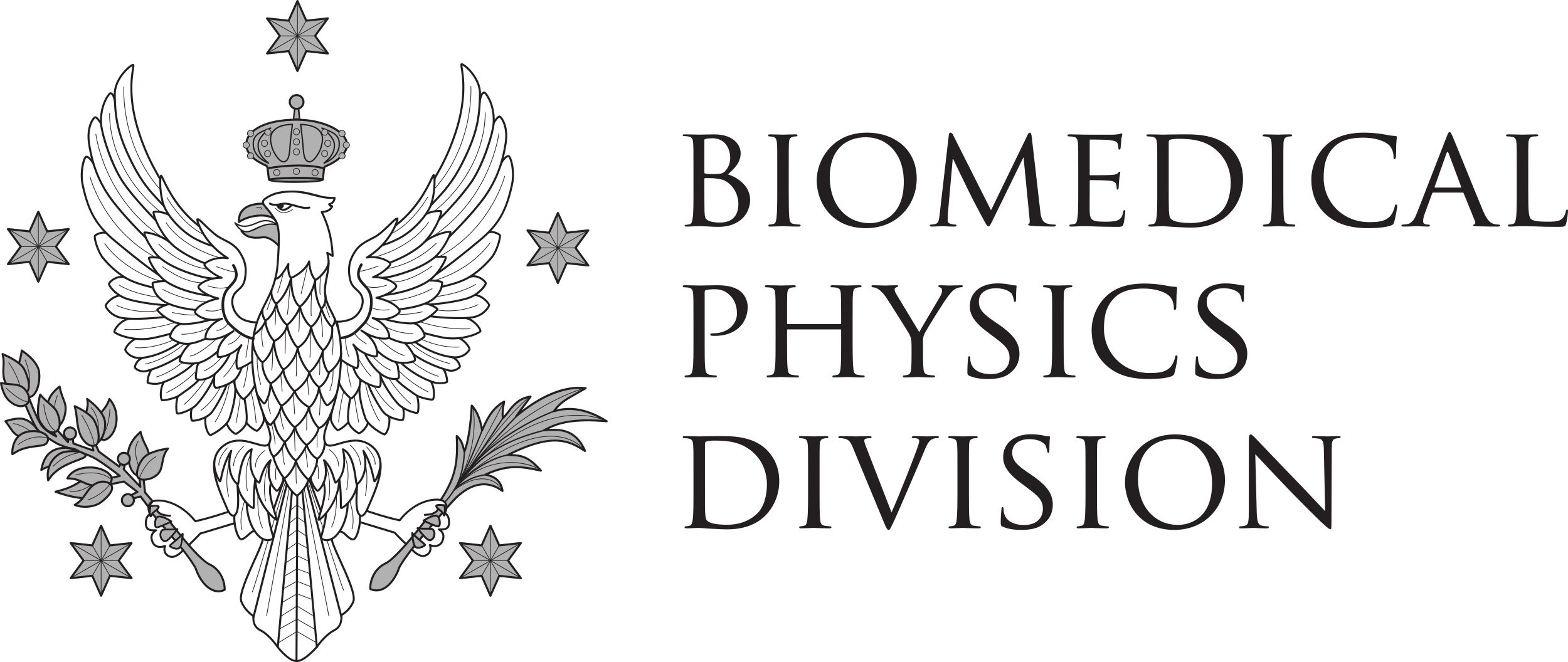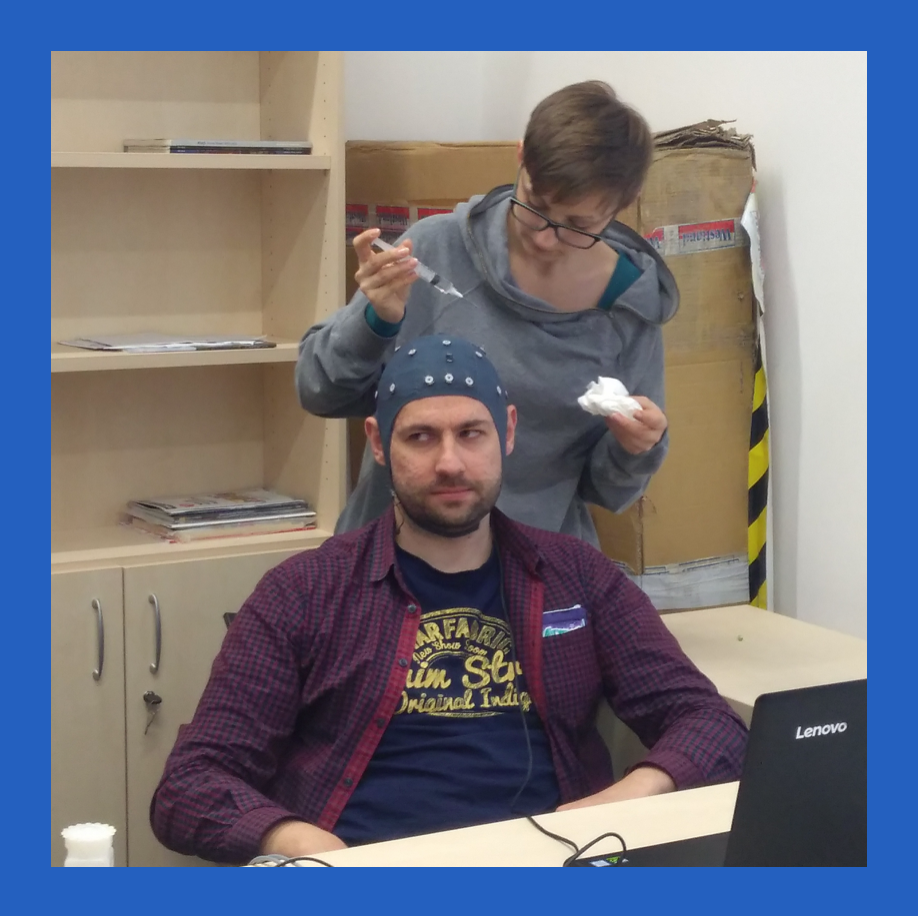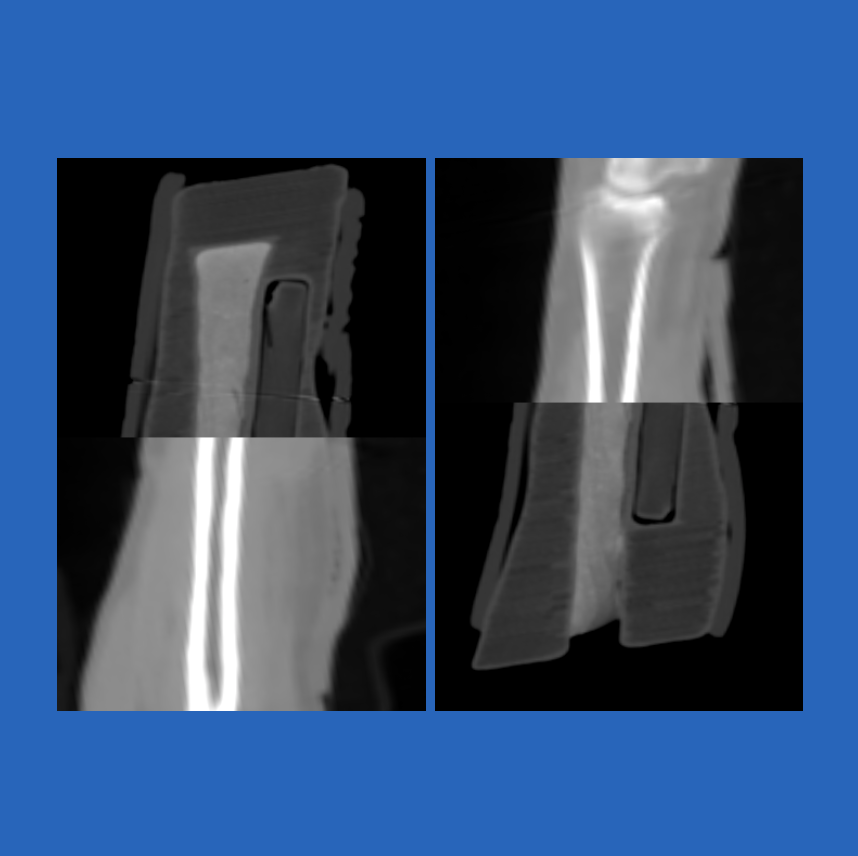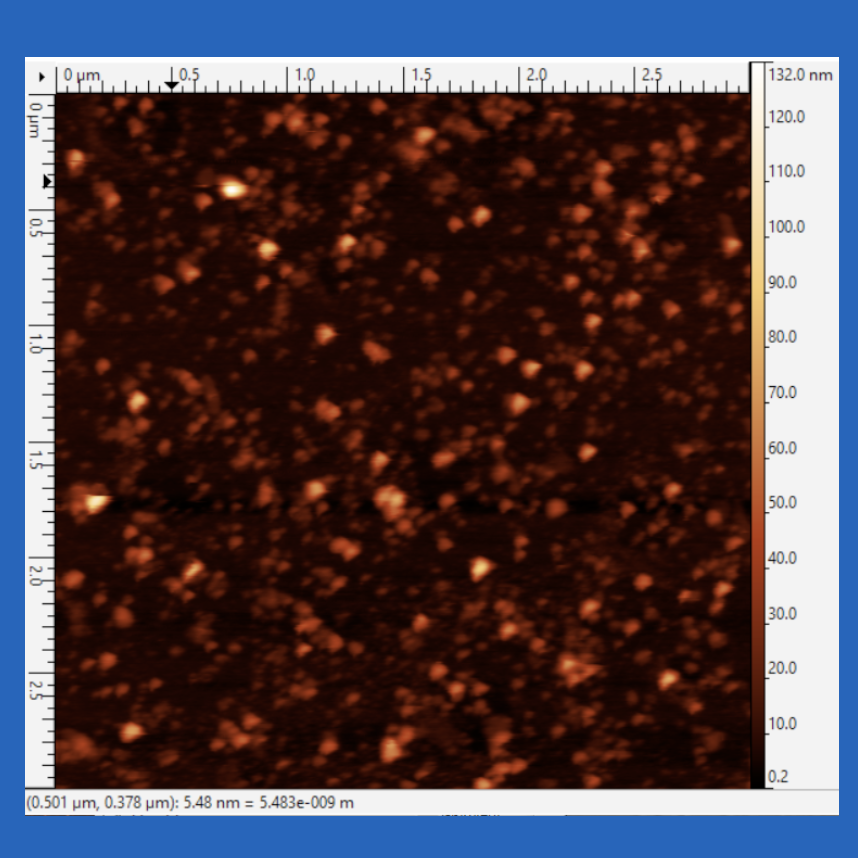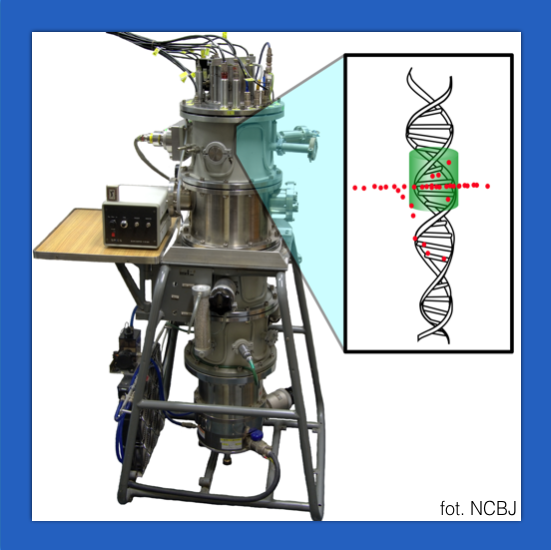DNA is the fundamental molecule encoding and storing the genetic information of all living organisms. DNA damage and repair is by essence a multidisciplinary line of research, and the award of the Nobel Prize of Chemistry in 2015 stresses out the importance of gaining molecular insights into the underlying complex mechanistic pathways. The genetic material is a labile substance that is constantly damaged either spontaneously or due to the action of DNA damaging agents like ionising radiation. Although the damage is efficiently repaired, the DNA repair process is not error free, so that some lesions are misrepaired, leading to genetic modifications called mutations. These lesions can be visualised with the specific repair proteins, which produce the nuclear regions called foci.
Ionising radiation itself is a unique DNA damaging agent in that it induces lesions in a strictly controlled manner, both with respect to the duration of damage induction and the transmitted energy (described as the dose and given in Gy, whereby 1 Gy equals to 1 J per kg). The characteristics of the initial physical features of the interaction of ionising radiations with living matter are a major determinant of their final biological consequences. In the presented project focus formation will be simulated in cells exposed to radiations, which differ in the way how hits are distributed inside a nucleus. While X-rays are sparsely ionizing, alpha particles hit cells in a highly condensed manner, as single tracks. A combined exposure places the cell in a particularly difficult situation of experiencing both hit scenarios as it’s shown below.
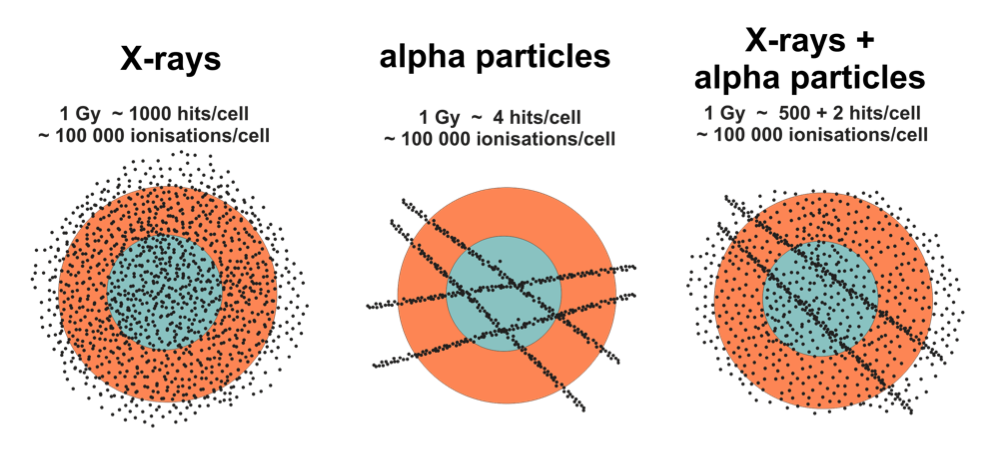

 Modelling, calculations and simulations play a crucial role in quantifying the genetic effects of ionising radiation. The computational algorithms called Monte Carlo (MC) methods use random sampling to obtain numerical results of an investigated problem. PARTRAC simulations (which is one of available MC frameworks) allow studying complex DNA damage and repair processes at each elementary stage: starting from the physical interaction, which takes place in a cell nucleus, up until the cellular response. The distribution of hits inside a nucleus and the track structure can be calculated with great precision. Here, use is made of the unique feature of ionising radiation that was mentioned above: the possibility to precisely calculate the number of hits per a certain dose within a certain volume in a certain time. The purpose of the project will be modelling the focus formation based on the live imaging of irradiated cells allowing to observe focus changes in a function of time. A combination of both calculations and experiments of cell exposure to different radiation types will give new information about complexity of the DNA damage and the repair process in terms of focus formation. The DNA damage complexity decreases the efficiency of the repair mechanism in the cell leading to mutations, which can become the cancer cells.
Modelling, calculations and simulations play a crucial role in quantifying the genetic effects of ionising radiation. The computational algorithms called Monte Carlo (MC) methods use random sampling to obtain numerical results of an investigated problem. PARTRAC simulations (which is one of available MC frameworks) allow studying complex DNA damage and repair processes at each elementary stage: starting from the physical interaction, which takes place in a cell nucleus, up until the cellular response. The distribution of hits inside a nucleus and the track structure can be calculated with great precision. Here, use is made of the unique feature of ionising radiation that was mentioned above: the possibility to precisely calculate the number of hits per a certain dose within a certain volume in a certain time. The purpose of the project will be modelling the focus formation based on the live imaging of irradiated cells allowing to observe focus changes in a function of time. A combination of both calculations and experiments of cell exposure to different radiation types will give new information about complexity of the DNA damage and the repair process in terms of focus formation. The DNA damage complexity decreases the efficiency of the repair mechanism in the cell leading to mutations, which can become the cancer cells.
FUNDING: Narodowe Centrum Nauki (https://www.ncn.gov.pl/ ), Poland (2016/23/D/ST7/03544)
OUR TEAM
- Beata Brzozowska, project leader (University of Warsaw)
- Andrzej Wojcik, mentor (Stockholm University)
- Werner Friedland (Helmholtz Zentrum München)
- Maciej Gałecki (University of Warsaw)
- Adrianna Tartas (University of Warsaw)
